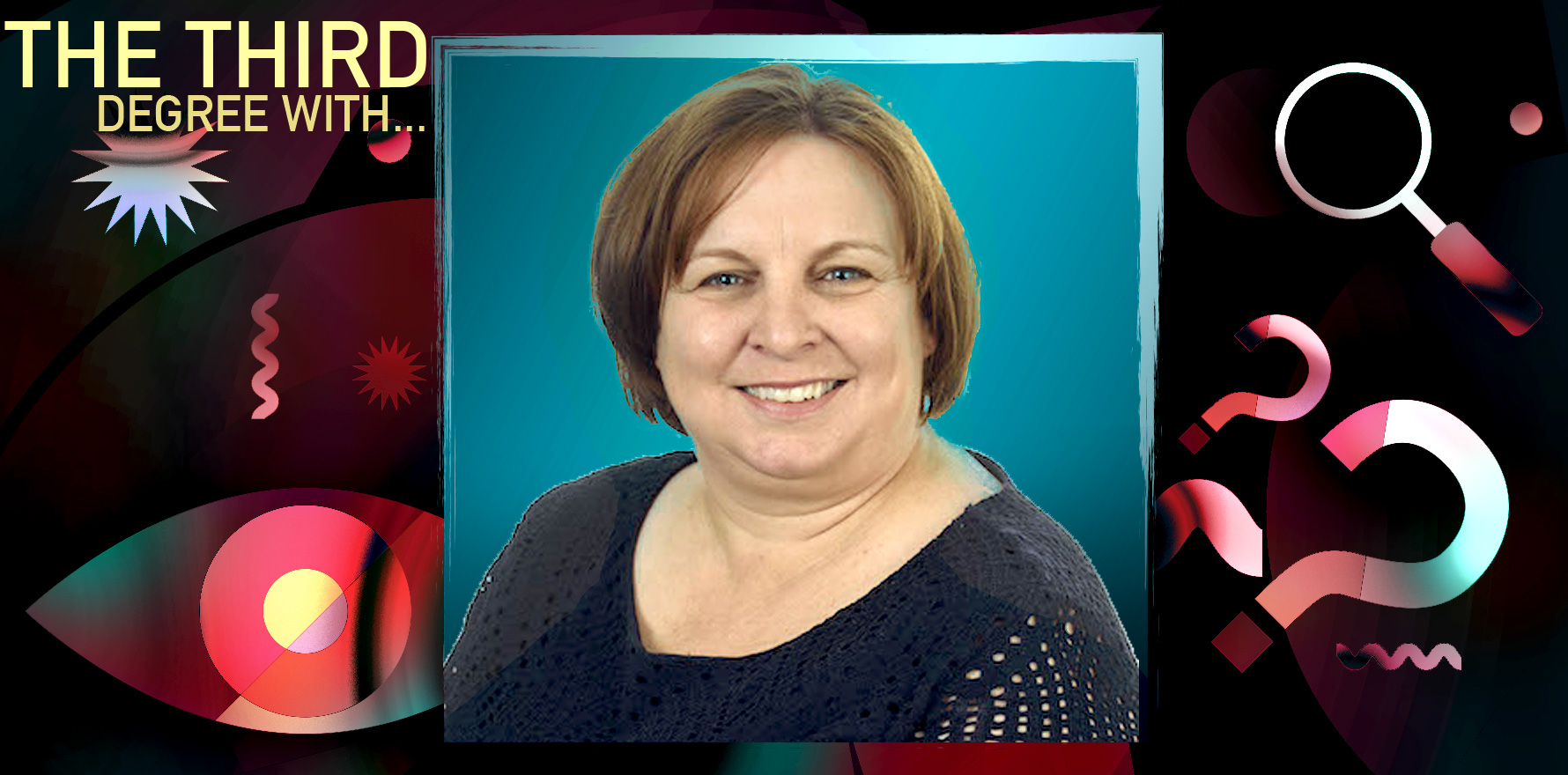Dr Mukesh Haikerwal on the beauty of general practice.
Former AMA president and prominent GP advocate Dr Mukesh Haikerwal has officially retired, but don’t be surprised to see him still around.
The British-trained doctor needs little introduction – those that don’t know him from his stint as AMA president in the 2000s likely know him from his involvement in practice owners’ association Australian GP Alliance or his work on the public health front during the pandemic.
In his first official week of retirement, Dr Haikerwal sat down with The Medical Republic to talk through his career.
TMR: You’re a pretty big figure in the general practice world – do you think retirement is going to stick?
Dr Haikerwal: We have sold our practice, so it’s time to take stock.
Whether I’ll do things after [an initial] break depends on what the mood is like.
I enjoy general practice. I enjoy teaching in general practice. I enjoy what I do with patient care and making new things happen.
But it’s become more and more unappealing, not so much because of patients, but because of the red tape and compliance.
Unfortunately, for many people in my situation, it’s easier to just walk away, which is a shame.
TMR: Retiring from general practice because of the administrative burden has become a bit of a theme over the last few years. Was there anything in particular that got to you in the end?
Dr Haikerwal: For us, it was just time.
But as I look at the agenda ahead and see various things happening with AHPRA and Medicare compliance, with different bits of bureaucracy increasing with the Department of Health – rather than making things easier, they become much more difficult.
I think a lot of general practice has been eaten away.
[The challenge] is getting general practice to be that pinnacle of what people really want and aspire to be and to do.
I think that it should certainly be the go-to destination, because it’s so broad and interesting, but it’s keeping it there that’s the difficult piece.
You asked if I would be [continuing to] do things … the thing I still have a passion for is advocacy and change management, so I’ll keep my eye out and see if there’s places where I can help out.
Related
TMR: What attracted you to general practice initially?
Dr Haikerwal: In England, when we were doing our training, there were very few programs that you could leave after your intern year and get a job for three years, and you had to keep reapplying every six months.
The rotation in general practice was very attractive, and it also allowed you a very good exposure to many different disciplines and each of the disciplines in medicine I enjoyed as a student.
It meant you could really get a good feel for it and do well in it.
It meant you could keep your foot in many camps, but the beauty of general practice is you bring it all together in one practice, rather than having a very bespoke practice.
People aren’t just one disease. They have multiple diseases, multiple illnesses, and you’ve got to bring them together as an individual with multiple facets to their life.
TMR: Both you and your wife emigrated from the UK to work in Australia in 1991 – what pushed you to make the move?
Dr Haikerwal: We had the opportunity to come because I had family here.
When we started off our training, things were looking pretty good for general practice.
When we left, it was looking pretty bad for general practice.
We had the last throes of the Thatcher era, and her changes were quite onerous.
They’ve obviously had things get worse since then.
The biggest thing is that you could be master of your own destiny in general practice in Australia.
In England, you’d have to refer many things to hospital. You couldn’t get access to diagnostics and so you couldn’t have a good formulation about patients’ illness and give a good steer to their care.
The best thing about our [Australian] system is still that, with our access to diagnostics outside of the hospital space and private specialists, we can literally do whole-patient care.
We can monitor everything as it is happening and pull together a good narrative and formulation about a patient’s illness and help them all the way through their journey.
It’s something that we have the ability to do, and we must never lose it.
TMR: what are the biggest changes you’ve seen in the profession?
Dr Haikerwal: I started life as an advocate as a very junior doctor, around hours of work.
When I qualified, the expectation was that your average working week will be 72 hours and your longest week would probably be 134 hours, that you would not expect to be paid overtime at a normal rate, or even time and a half, but at one third of normal time.
I actually wrote the charter for junior doctors’ hours of work in Britain.
We learned a lot from the Australians and New Zealanders that came across.
I actually came to AMA Victoria and picked up many of the ways that they were taking their advocacy and used that to help move change in hours of work.
The number one biggest change is no longer having to put up with criminal working conditions, so establishing that was really very important.
It gave you a good basis to go into your specialty with an expectation of not just decent training and exposure, but also good terms and conditions of work, which I carried on doing through the AMA days.
TMR: What does the future look like for general practice
Dr Haikerwal: I’m very pleased with many of the people we have in leadership positions around the place.
I think that I see it as very bright; GP training is now managing to recruit again.
I think that what we do need is wise heads that have been around a while to not put up with the continuing push to dumb down general practice, dumb down medicine, and to splinter it and fragment it.
The beauty of Australian general practice is that [everyone has] access to a highly trained, qualified, empathetic general practitioner who has a good grasp of medicine as a whole and gives people a good steer.
Of course, we work with other disciplines. Of course, we work with other medical specialties and other non-medical specialties.
But the centrality of the GP working with the patient is what keeps our system wholesome and helps it perform so well.
TMR: What’s your advice for someone who might want to follow in your footsteps?
Dr Haikerwal: Very early on in the mid-1990s, when Divisions of General Practice were first forming, I sat and watched Dr Brendan Nelson, who was then vice-president of the AMA, give a presentation on working with media.
It was something that drove me, because I think that it’s a very good link to informing the profession but also informing public health.
All the way through my time, the reason we managed to kick so many goals was making [what we were doing] understandable to the profession, but also to the public.
The public taking on our cry made things change.
Flu vaccinations … chronic disease management – we brought that in.
We brought in the health check at 45-49, supports for refugees and better care and access to care at a much earlier age for Aboriginal Torres and Strait Islander people.
These are the sorts of things that people understand, and the media has a massive role to play.
Try not to get snowed [under] by the bureaucracy, but actually engage on a one-to-one level and be prepared to say what people need to hear, not what they want to hear.
This interview has been edited for length and clarity.





